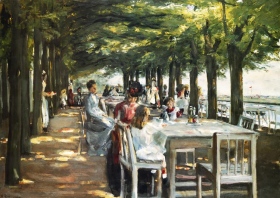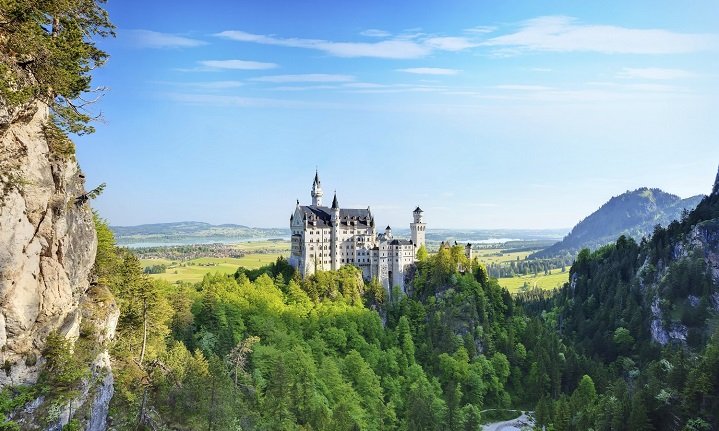German Dance 101
Is there such a thing as German dance?
While Germans aren't as well known for the national dances like the Scottish, Irish and Maori of New Zealand, there are indeed quite a few typically German dances. However, some of them are so local that one part of Germany might not know what dance the other part of Germany uses. These are usually dances that are used to celebrate local events like the harvest time. Then there are other dances that the whole world knows but does not necessarily trace back to Germany.
Expressionist dancing
Expressionist dance was very popular in the early 20th century and has also influenced American dance. This kind of dance, however, became sort of illegal in the 1930s because the nationalist regime forbid using it. Many dancers fled or were persecuted. Famous expressionist dances are the “Dance of the Witches”, and the “Dance of the Death”. Expressionist dance is again very popular these days as it uses dance movements to express emotions, ideas, and stories.
The most famous Expressionist dancer from Germany was Mary Wigman, who also made expressionist dance famous in other countries.
“Der Deutsche” (The German)
“Der Deutsche” is a traditional German dance from the mid-18th century. It is a dance in which couples dance in circles to a 3/4 or 3/8 tune.
The Waltz
During the beginning of the 19th century, “Der Deutsche” slowly turned into the waltz everyone knows today. This happened by making the tune quicker and adjusting the dance steps to the faster tempo.
Zwiefacher
This dance is a dance mainly known in Bavaria, and the name can be loosely translated as something along the lines of “twice” or “double the times”. The name can be rather confusing as it doesn't really have much to do with the melody or rhythm of the dance. It is more likely that the name refers to the fact that a couple dances closely together which had been rather unusual. It is a very old dance, and there are at least one hundred different tunes the dance can be danced to.
Schuhplattler
This is another dance that is mainly connected to Bavaria, and often performed in traditional Bavarian costumes (which, for some reason, all foreigners think are worn by all Germans in all regions). During this dance, which was originally used to woe women into marrying a man, the men clap their hands, slap their thighs, and jump up in rhythm with the music. It can be a rather amusing look – and why women were impressed by it is most likely one of the questions about Germany that will never be answered.
Maypole dances
While Maypole Dances are not only known in Germany, those dances are something that happen in Germany every year. Most little villages are proud about their Maypole dances and their traditions. The dances that are used around the Maypole differ from region to region. The most common form of Maypole Dance in Germany is the Bandltanz (dance of ribbons). During that dance both men and women (as many as are needed to do this) dance around the maypole and in the process bind together the ribbons that hang from the top of the Maypole.
The Ländler
This is another dance that was popular in the 18th century. It was a dance for couples and a rather active dance at that. There was quite a bit of stamping and hopping involved. It might not have been the most graceful affair. However, it probably was a lot of fun.
Ballet
While Ballet is performed in many countries, Germany has a very good reputation for its ballets dancers and ballet shows. Kurt Jooss was one of the most popular and influential German ballet dancers.
German “Schwanensee” ballets are also very popular internationally. However, do not make the mistake of thinking that Schwanensee is a German ballet. It is originally from Russia, but has gained huge popularity with German ballet companies.
Modern dance – street dance
Modern dance groups like the very popular “Flying Steps” add to the popularity of street dance. The street dance movement has not started in Germany, but the German groups are definitely just as good as their international competition. And of course they also tend to put a little bit of a German twist to the Street Dance.
Dirty dancing: Interesting fact about the history of dance in Germany
For about 30 years, in the 18th century, a lot of dance was forbidden in Bavaria because dance was not a very moral thing (that's what the people with authority thought). Dance would lead to obscene behavior and would tempt good men and women to do unspeakable things that should not be done outside wedlock.

_(2).jpg)


